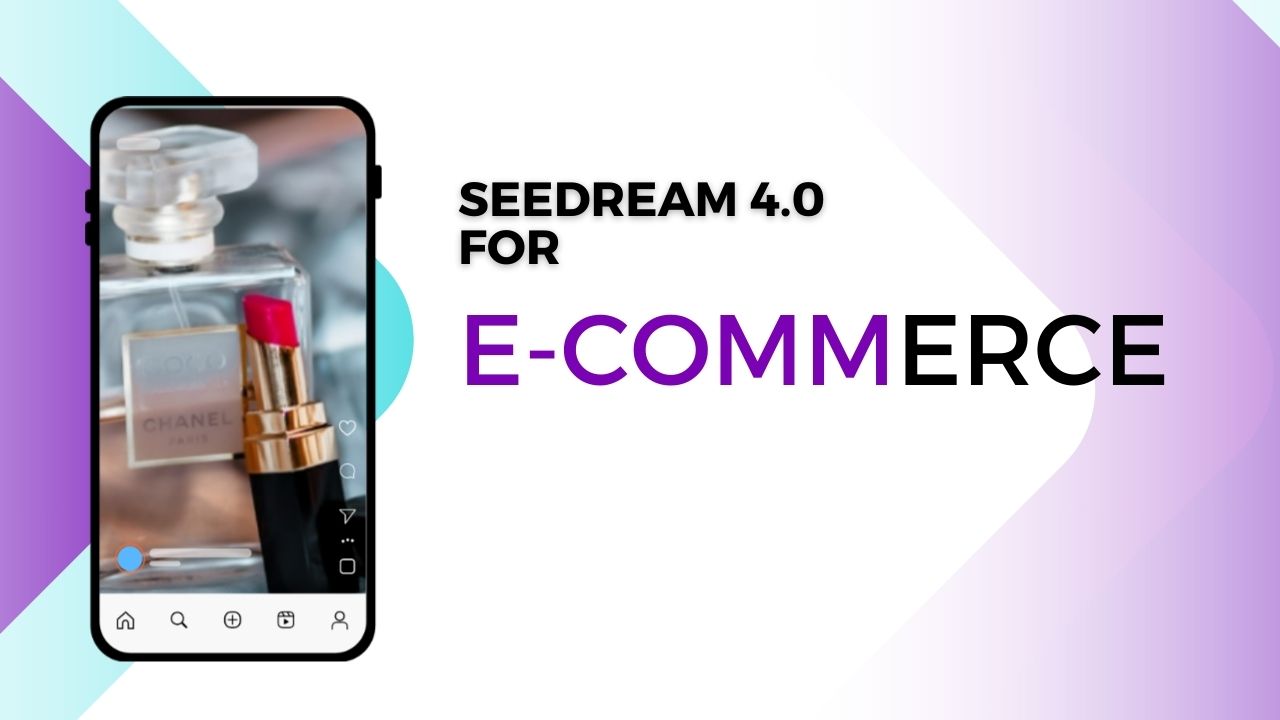Summary
READ ITShoppable videos are short videos where you can click and purchase products while watching. They make the process simple. No extra steps. No switching pages. Just see it, click it, buy it.
But the real reason they work has less to do with technology and more to do with audience and human behavior. People are wired in certain ways, and shoppable videos line up with those patterns.
Here’s how it works.
.png)
Attention comes first: Build hype around your brand
If you don’t have attention, nothing else matters. Our brains notice movement before text or still images. That’s how we’re built.
So in a feed full of pictures and posts, a video grabs the eye. Once you have a users focus, you get a few seconds to show them the product.
How to use this:
- Keep clips short.
- Show the product being used.
- Put people in the video because faces draw attention.
The pull of instant rewards: Reward users through content
People like fast results. Psychologists call this instant gratification. Shoppable videos remove steps, so buying feels quick.
If someone has to leave the video and open a new page, they may lose interest. But if they can tap and buy right there, they’re more likely to go through with it.
How to use this:
- Integrate buttons directly on the product.
- Keep checkout simple. One or two steps at most.
- Don’t integrate forms that slow people down.
Why trust matters: Trust and authenticity boosts purchases
People want proof before they buy. They look at what others are doing. This is social proof.
When a shoppable video shows someone using a product, it feels real. It’s easier to trust compared to plain text or an ad without context.
How to use this:
- Add clips of customers using the product.
- Show quick quotes or short reviews.
- Share real numbers if you can, like “3,000 orders last month.”
Buying with feelings: Engage with audiences on an emotional level
Most purchases start with emotion. Logic usually comes second. Shoppable videos trigger emotions more than still ads because they mix sound, visuals, and themes.
If someone feels good while watching, they connect that feeling to the product. That’s often enough to push them toward buying.
How to use this:
- Keep stories simple. Show the product solving a real problem.
- Show real people, not actors reading a script.
- Use natural settings, not staged scenes.
Too many choices kill action
The brain struggles with too many options. This is called choice overload. When people face too many products, they freeze and buy nothing.
Shoppable videos usually show one main item. That makes the decision quicker. Simple choices mean quicker action.
How to use this:
- Focus on one product per video.
- If you show more than one, list them in order.
- Keep layouts clean. No clutter.
The push of urgency
People move faster when time feels limited. Scarcity is always good, it creates pressure. Nobody wants to miss out.
Videos can show urgency better than text. You can add a timer, say stock is low, or note a short-term deal.
How to use this:
- Say it clearly: “Only a few left” or “Offer ends today.”
- Keep videos short so the message feels quick.
- Don’t fake scarcity. It kills trust if people catch on.
Memory works better with stories
People remember stories and visuals more than plain text. Shoppable videos combine both. Even if someone doesn’t buy right away, they remember what they saw. You create a deep and emotional connection.
That memory is stronger than a banner ad or product photo. Later, when they’re ready to buy, the video comes back to mind.
How to use this:
- Repeat the product name and key detail more than once.
- End with a clear shot of the product.
- Use consistent colors or music so it sticks.
Another factor is context. People watch videos in different places. Someone on social media may only give you a few seconds. Someone on your website may stay longer. The style of the video should match the setting. Short clips work better in a feed. Longer ones fit on a product page. There is no single perfect format. What matters is meeting people where they are and making sure the option to buy is always easy to find.
.png)
Putting it together
Shoppable videos work because they match how people think. They grab attention, make buying fast, build trust, stir emotions, reduce choices, create urgency, and leave strong memories.
You don’t need complex tools to apply this. Keep it simple. Focus each video on one product, show it being used, and make checkout fast. Add proof, keep the tone real, and avoid clutter.
When you line up your videos with basic psychology, you’re not forcing people to buy. You’re just making it easier for them to do what they already want to do. So what are you waiting for its time to choose your shoppable video tool of choice, and explore the infinite potential.


.png)
.jpg)

